Top 5 Don'ts for Hiking Mount Fuji
There are plenty of lists of what to do before climbing all 3,776 meters (12,389 ft) of Mount Fuji. However, there are equally important things to consider not doing, ensuring a safe and enjoyable hike on the tallest mountain in Japan. Check out our "Top 5 Dont's" below (and be sure to let us know if you have any you think we missed).
By Robert Kodama5. Don't Forget Cash
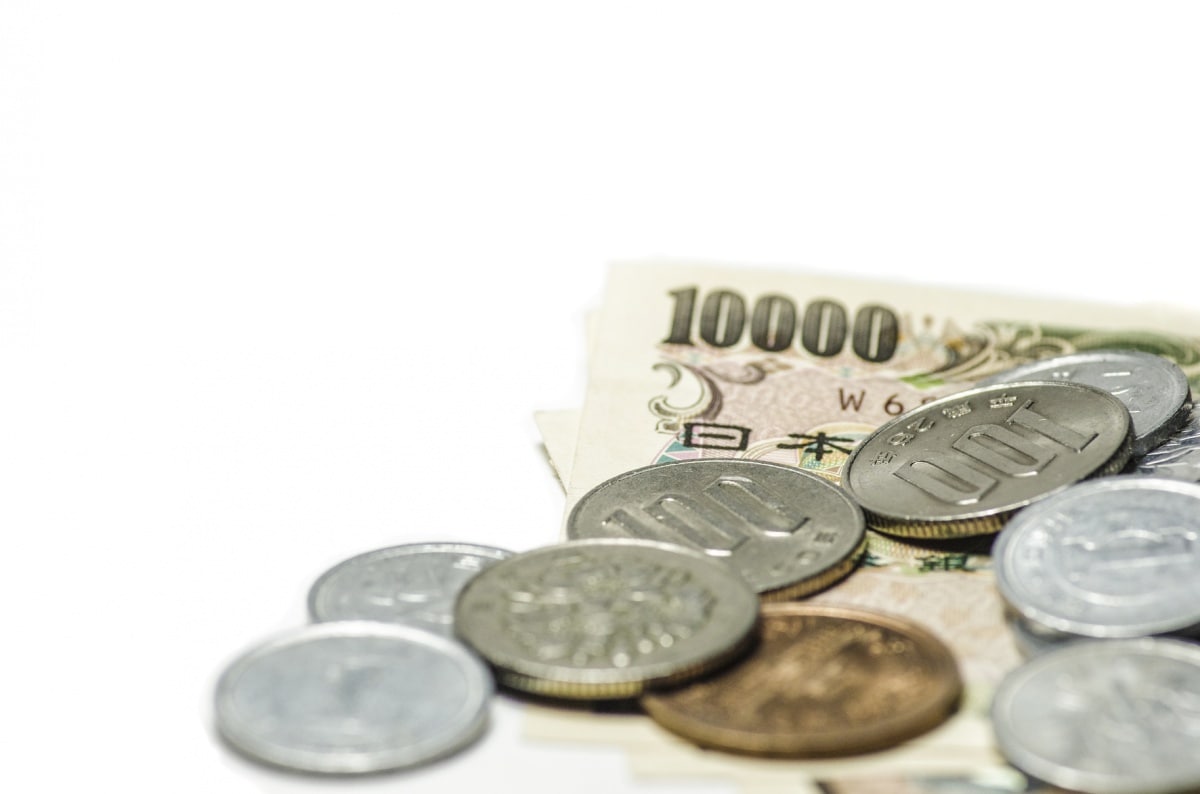
Japan is predominantly a cash-only society and nothing can be truer than when climbing Mount Fuji. There are stations along the way to the summit where you are able to purchase hot food and drinks should you run out, and small oxygen capsules if you are suffering from altitude sickness. There are also a few places to sleep for the night if the hike is too much for you and you need some rest before continuing on. The toilet facilities on the mountain also require cash payment before use. Items and services are expensive on the trail so ensure you don't forget to bring a good sum of cash with you.
4. Don't Pack Too Much
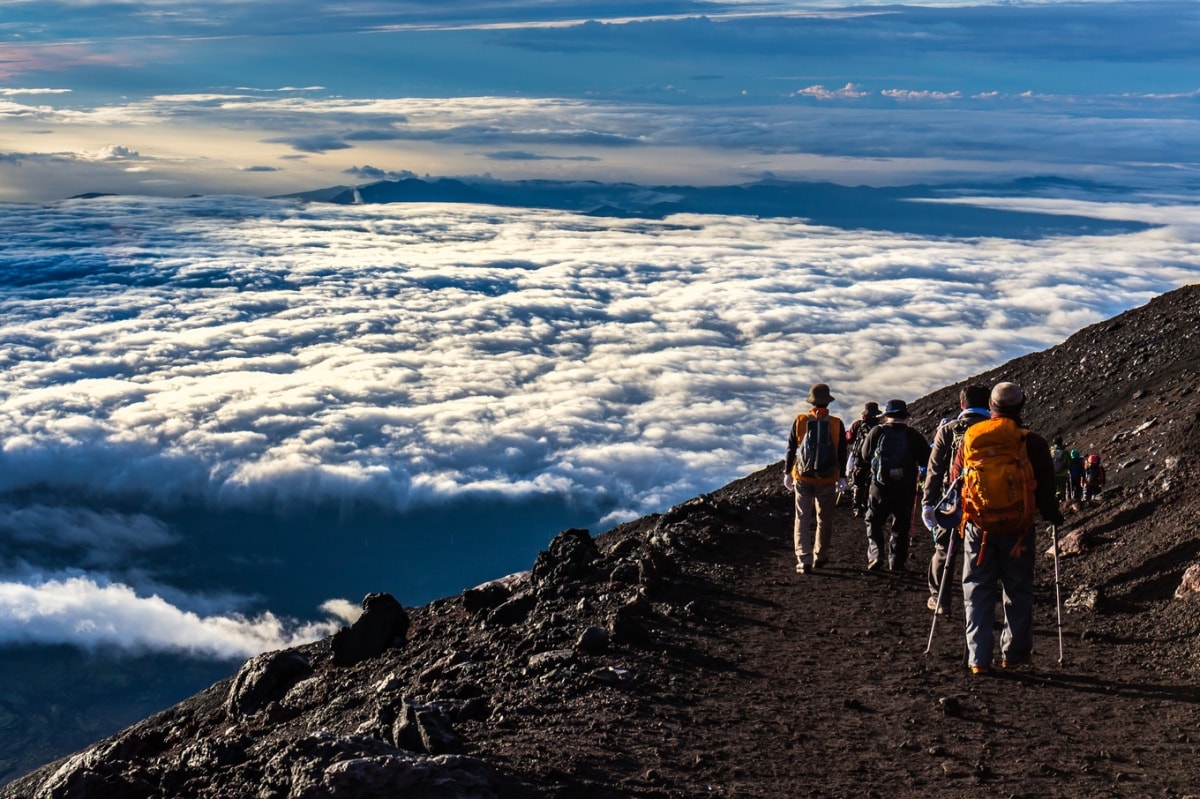
You may feel the need to bring a lot of clothes and hiking gear but don't pack too much for the climb. The duration of the hike should take just a night (including respite) if you want to reach the summit for the famous sunrise. Ensure you pack just enough food and water, and a few layers to get you through the night. A heavy backpack could seriously slow your pace down and quicken the onset of altitude sickness once you reach the steep rocks towards the top.
3. Don't Veer off Course
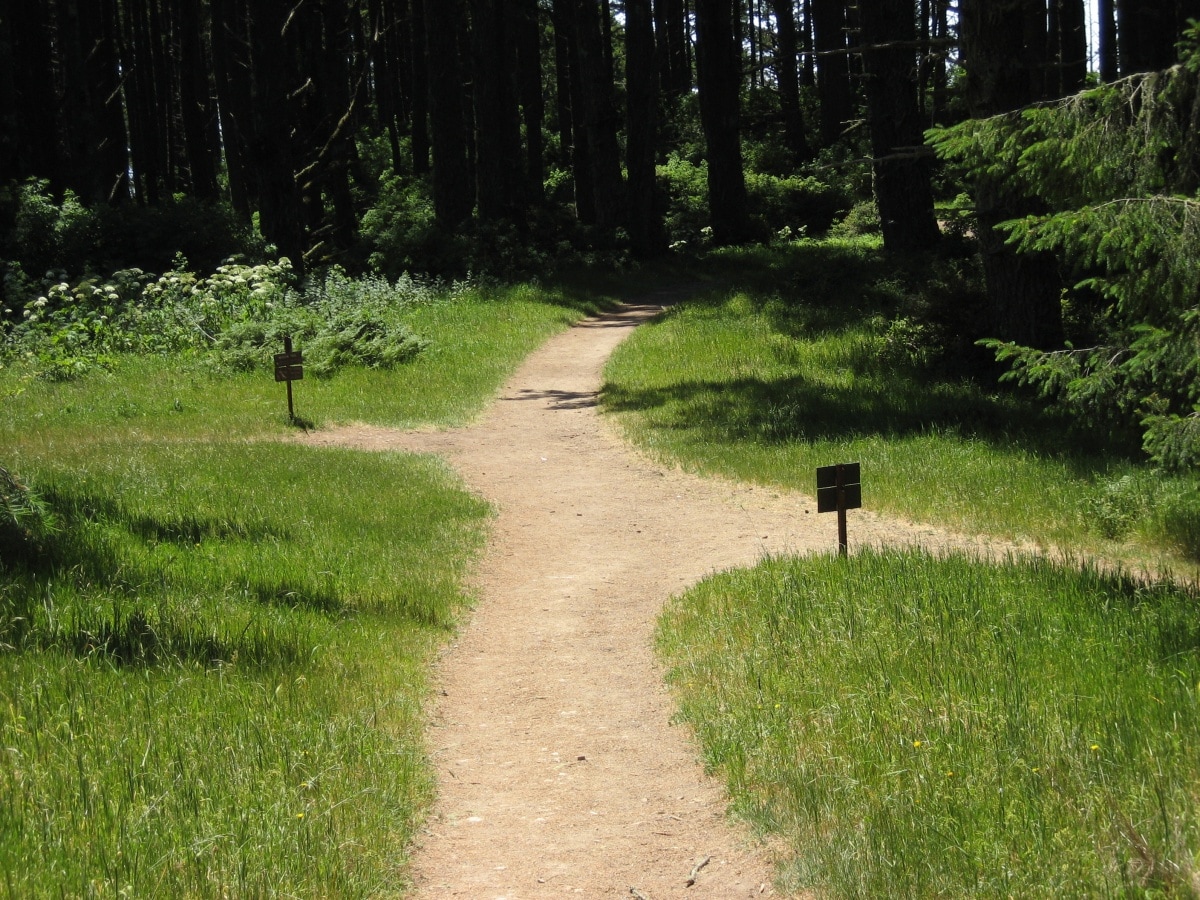
https://flic.kr/p/4UcXRX
As you're making your way up the designated hiking trail, you may see some smaller paths veering off in routes that might appear as shortcuts. Ensure that you stay on the designated paths with all of the other hikers as the smaller paths are off limits to hikers. The smaller paths lead to dead ends and prohibited areas of the mountain. There are also relatively flat roads along the way, but they are reserved for taking supplies up the mountain and for emergencies. It can be very dangerous to veer off course.
2. Don't Start Too Late
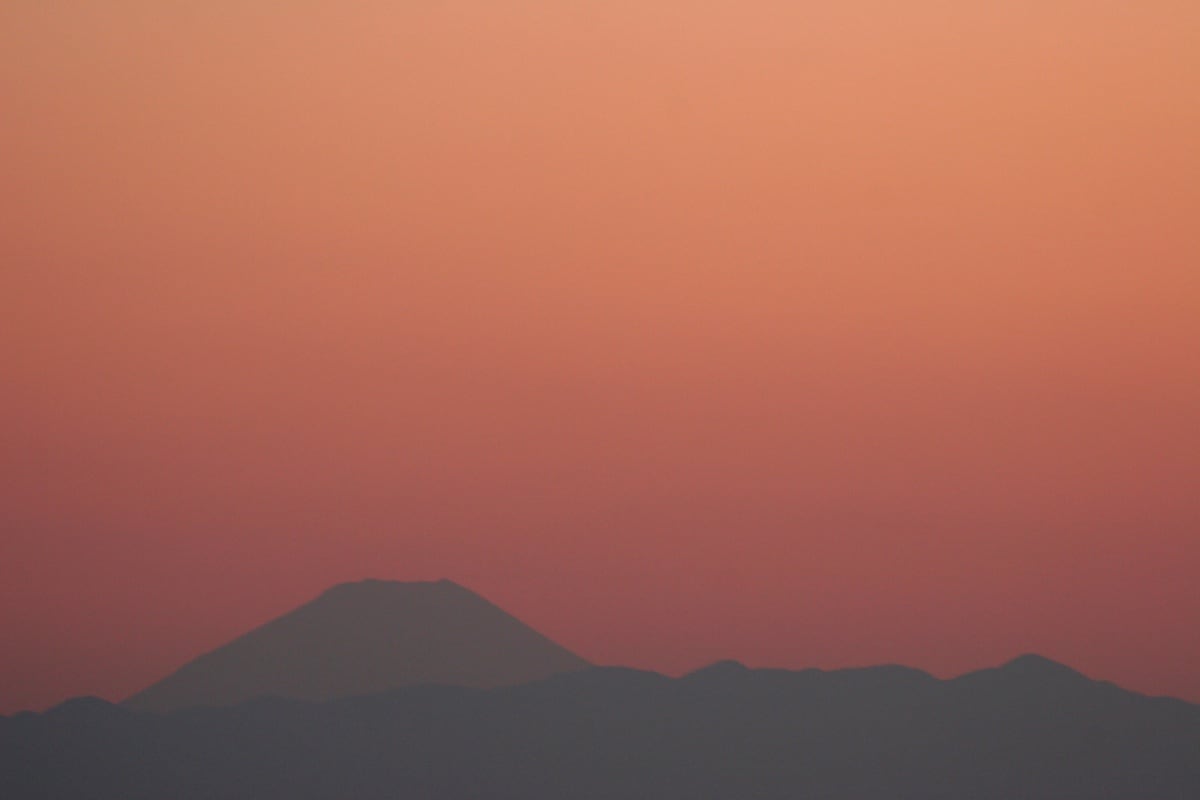
https://flic.kr/p/Jh1q8
The temptation to start late in the evening so you're not waiting hours on end for the sunrise at the summit might seem like the best idea, but make sure you don't start your hike too late. The advertised duration of the hike from any of the fifth stations is set at five to six hours. But giving yourself more time allows room for longer rests and time to tackle anything that may go wrong (such as injuries). Give yourself at least eight hours to ensure that you have plenty of time to reach the summit at a good pace.
1. Don't Skimp on Warm Clothing
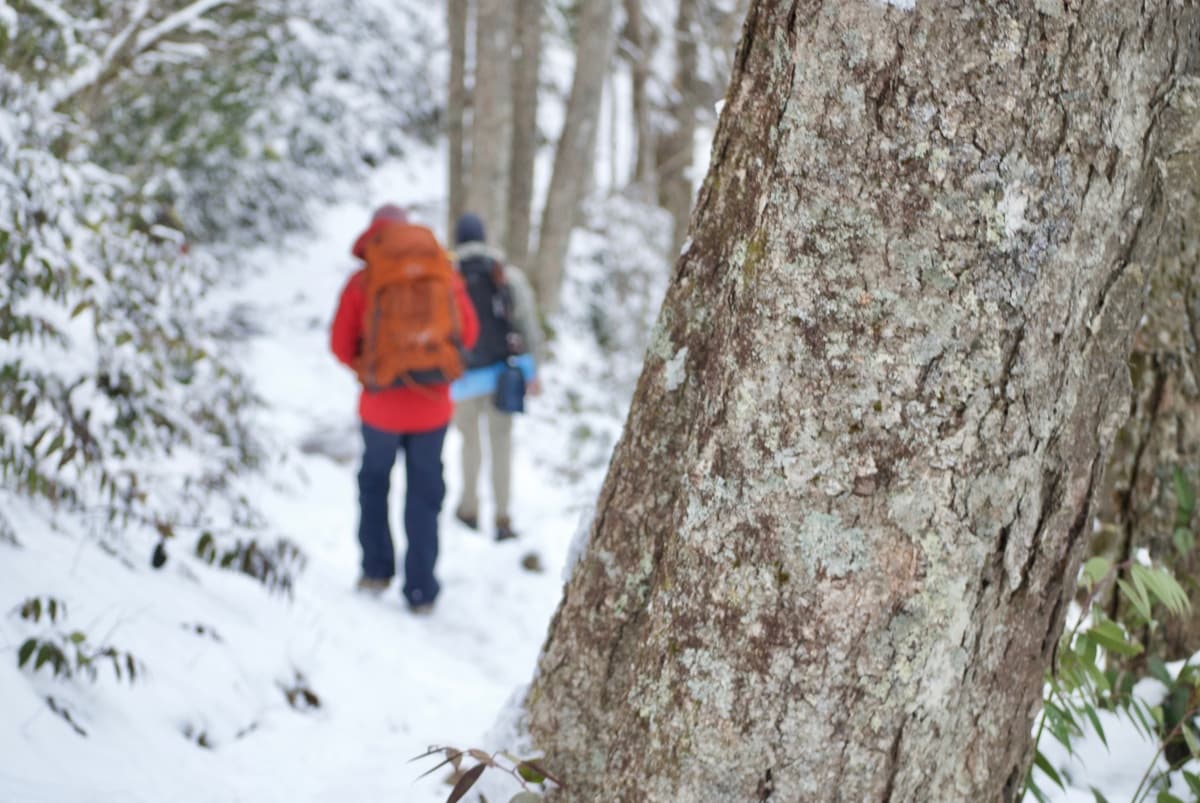
https://flic.kr/p/SB3Z3y
The premium time to climb for most hikers is the hot and humid month of August, but don't let that deter you from skimping on the warm clothing. Due to the high altitude, the snow on the summit hasn't fully melted on the mountain. Also, temperatures can drop dramatically as you get higher up the mountain and later into the night. Warm clothing is essential for you to be able to hike up to the top comfortably and without getting sick. Ensure that you wear warm layers for your climb to the top.



